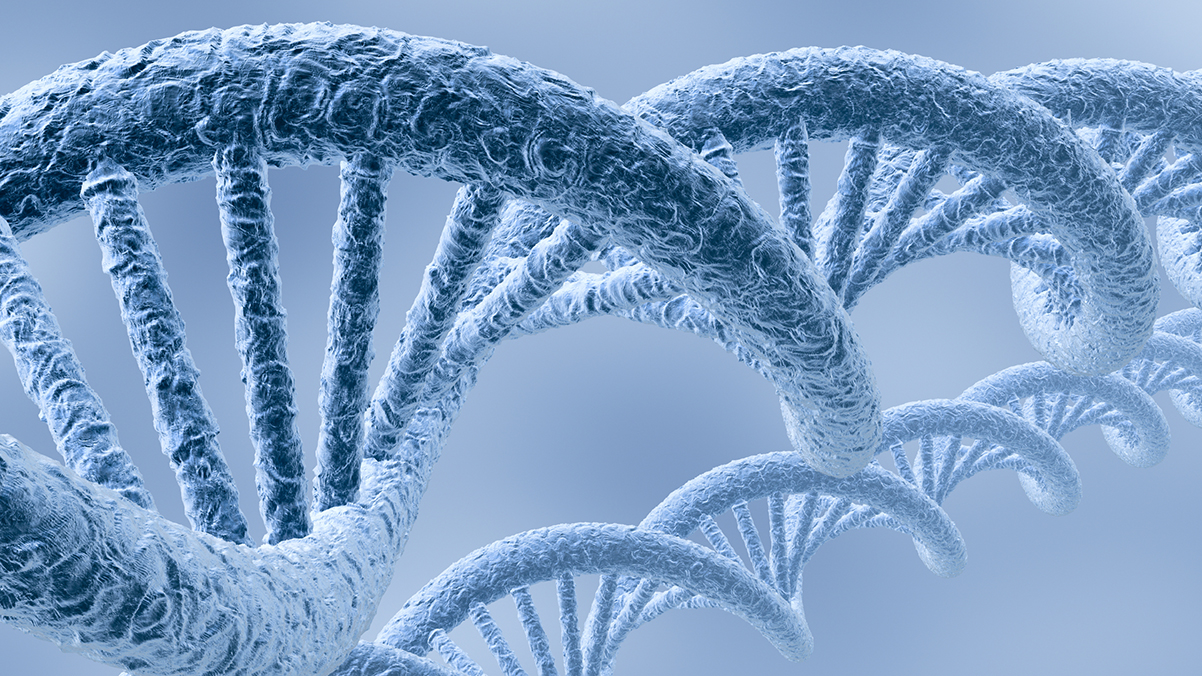
The geneticist Theodosius Dobzhanksy famously once said that ‘nothing in biology makes sense except in the light of evolution’.
We now realise that cancer is no exception to this maxim. Yesterday at the National Cancer Research Institute (NCRI) conference in Liverpool, Dr Andrea Sottoriva, an evolutionary scientist at The Institute of Cancer Research, London, shared his insights on the growing field of cancer evolution and what we should be doing to better understand its significance.
Using mathematics to fight cancer
Dr Sottoriva, who has previously worked in the fields of computer science and particle physics, is applying his skills to understanding the ways that tumours change and adapt through time - including how they evolve to become resistant to cancer therapies.
His team uses mathematical models to analyse genomic data from tumour samples, helping to understand their vast complexity and develop equations that can explain and potentially even predict their behaviour.
During his talk, 'Making sense of cancer genomes with evolution’, Dr Sottoriva suggested that evolution is able to explain much of the fundamental biology of cancer, but that this knowledge has been difficult to translate into the clinic.
Understanding evolution
We now understand that tumours grow and change through clonal evolution, a process akin to the evolution of species described by Charles Darwin.
The DNA of tumour cells accumulates numerous mutations, many of which have little or no effect on the function of the cell. However, some mutations may lead to a more substantial change, causing it to change functionally or in appearance, even allowing some cancer cells to become resistant to cancer treatments.
Studying exactly how this process contributes to the complexity of tumours is challenging. We cannot measure changes directly in humans as they progress, and the instability of the genomes of cancer cells adds an extra layer of complexity.
However, using genomics to look at the DNA sequences of tumours allows us to look into their past - much like looking at the rings in a tree trunk to determine its age. The mutations in the DNA of a tumour can act as a roadmap of its history and its evolutionary path, showing how it went from being a normal healthy cell to a tumour.
Catch up with and watch all our news, blog posts and video content from the NCRI conference 2017 in Liverpool.
Read more
The drivers of evolution
Dr Sottoriva described three driving forces of evolution. Random mutations in DNA that occur in every cell, genetic drift – a random process that can lead to large changes in populations over a short period of time – and non-random selection, under which specific changes in DNA allow a cell to adapt to new environments.
Non-random selection is complicated to identify, as it is difficult to link the function and external appearance of a tumour to its DNA sequence accurately.
Random mutations and genetic drift lead to a significant number of neutral changes in a tumour – the genome changes frequently in small and often inconsequential ways. However, these many small changes can lead to more obvious adaptive modifications, potentially leading to drug resistance.
In the field of cancer evolution, the debate continues as to whether this neutral evolution is the most likely model for tumours changing over time.
The model argues that the majority of variation in tumour genomes comes form neutral mutation and drift rather than specific selective pressures. It is an argument that has proven difficult to resolve.
The future of cancer evolution
Dr Sottoriva called for more hypothesis-driven genomics to address this question.
In the past there has been a belief that if you have enough data to analyse then anything is possible. While this has taught us significant amounts about cancer, we need more data that has been created in the right way to answer the questions that matter to us most, he argued. In other words, if you put rubbish in you get rubbish out.
New discoveries in cancer evolution also need to be more rigorously tested by doing the experiments that could prove them wrong, he said.
The future looks bright for the Cancer evolution field. Big consortia are forming to identify common features in genomics studies and there is increasing scepticism and critical thinking in the field. Dr Sottoriva describes cancer evolution as a ‘teenage field’ – highly excitable and still with a lot to learn.
I look forward to seeing how our understanding and future treatment of cancer continues to be transformed as this exciting field grows up.
More ICR updates from NCRI 2017
comments powered by